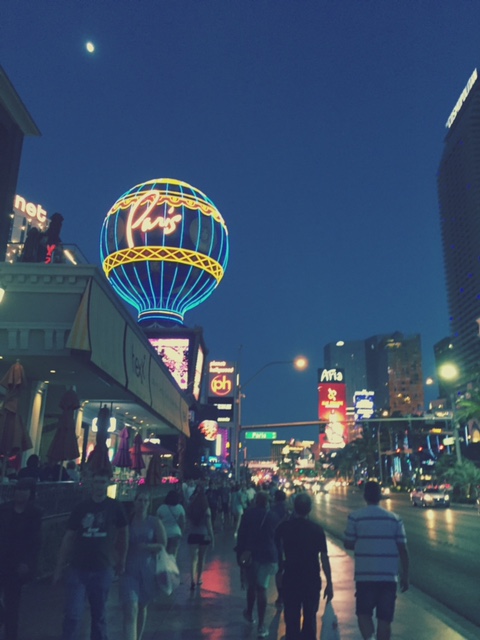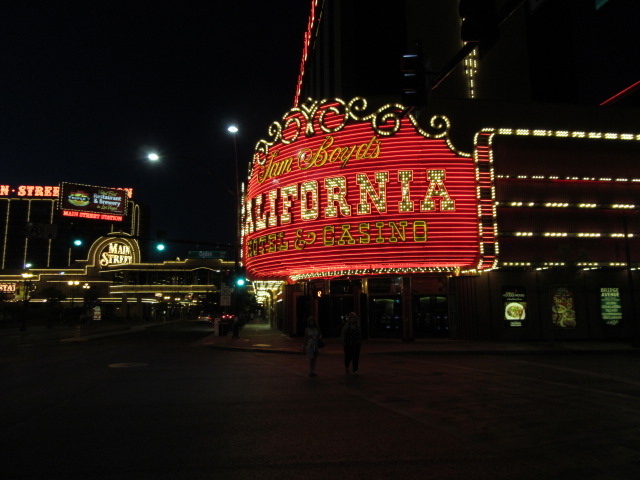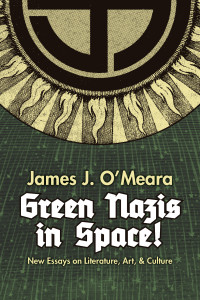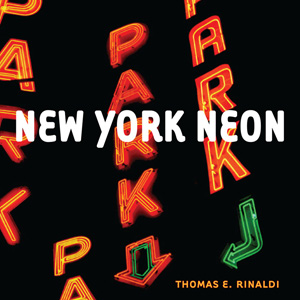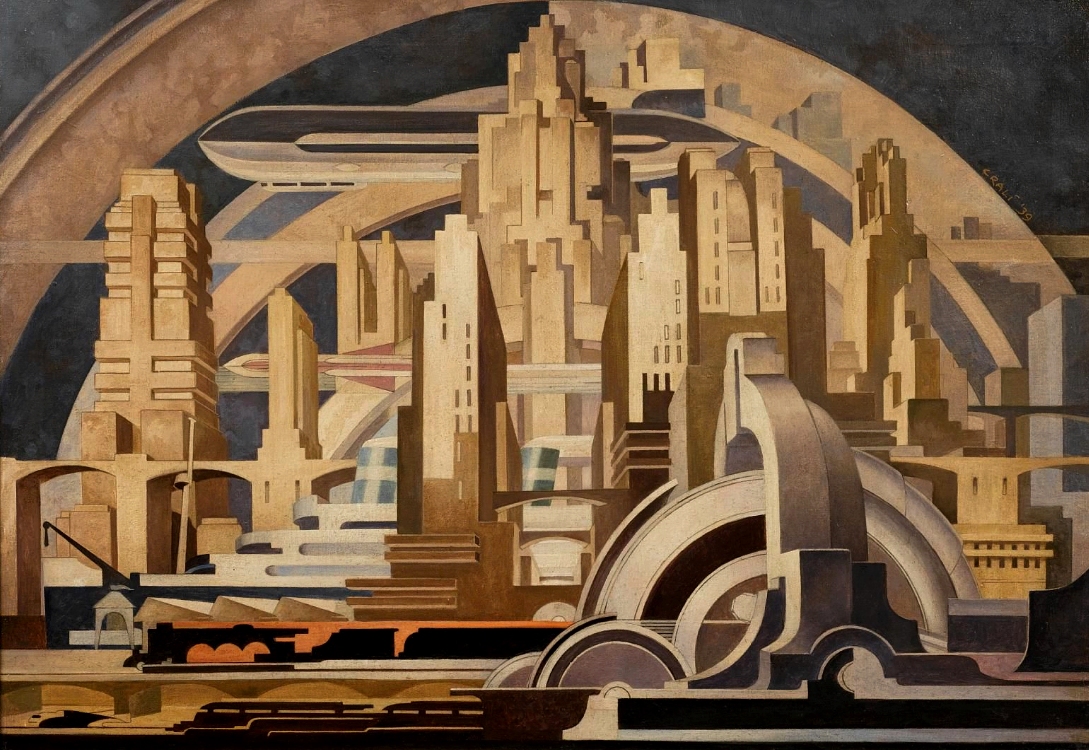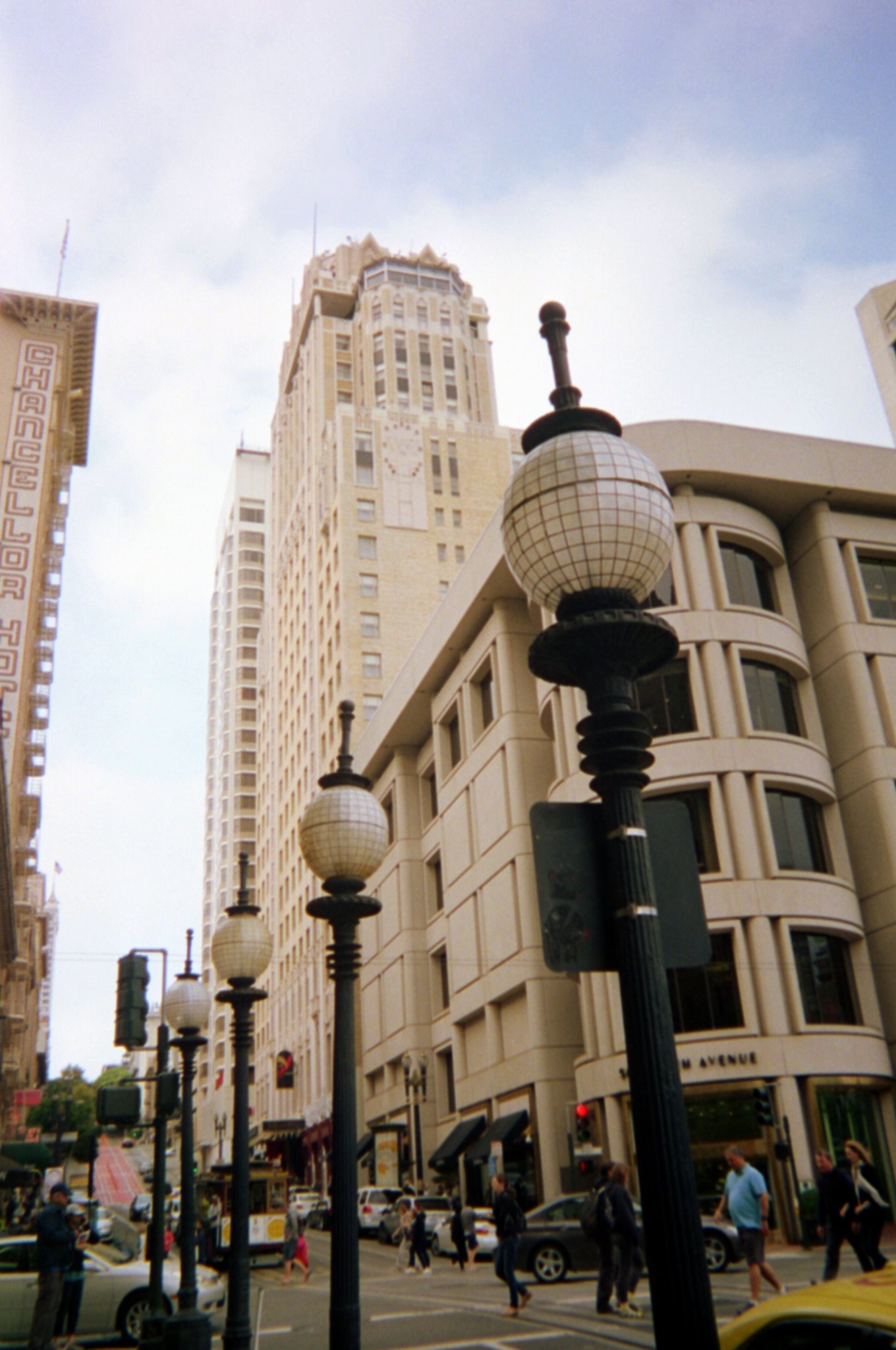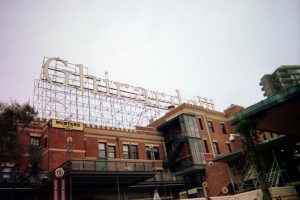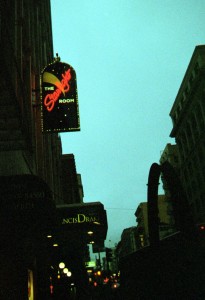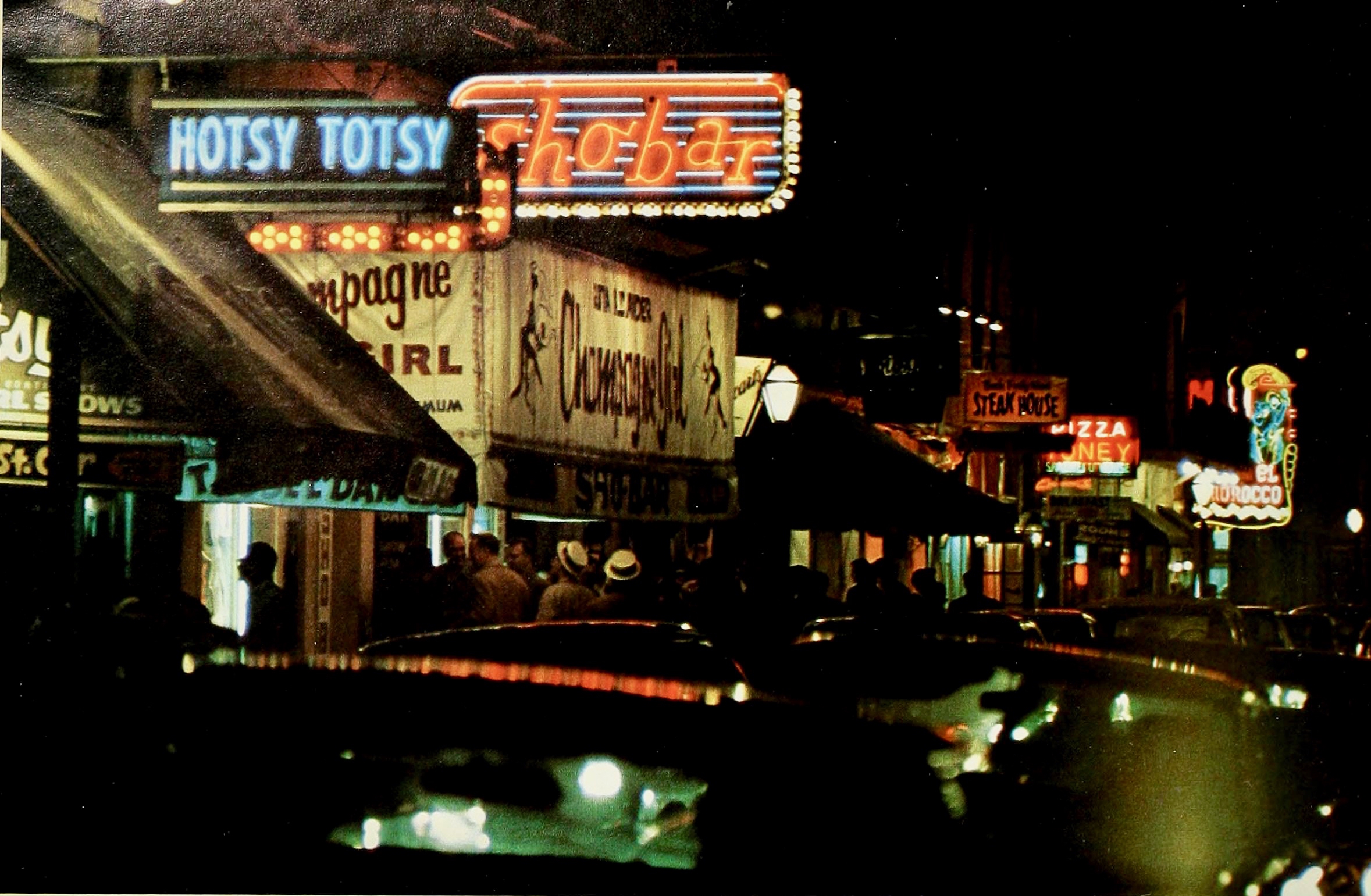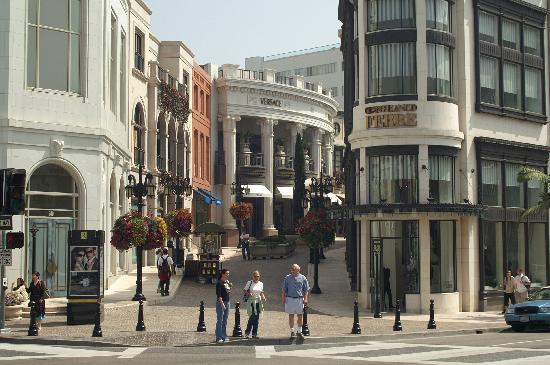Robert Stark and co-host Rabbit talk to Adam Hengels.
Adam is SVP and Director of Development of PAD, a real estate development start-up that builds communities for young professionals. PAD’s developments will feature micro-apartments and other product innovations.
From Mega-Projects to Micro-Apartments, Adam has brought his development expertise to several high profile projects such as the $5B Barclays Center Arena and Atlantic Yards project in Brooklyn, New York . Adam earned his Masters in Real Estate Development at the Massachusetts Institute of Technology, and has a BS and MS in Structural Engineering.
Adam is passionate about urbanism, and is known as a pioneer in the Market Urbanism movement. His mission is to improve the urban experience, and overcoming obstacles that prevent aspiring city dwellers from living where they want. He considers the conventional apartment layout to be stale. Product innovations such as micro-apartments are a key part of the next wave in urbanism.
Topics include:
Why Adam advocates for the liberalization of zoning laws
The debate between absolute private property rights vs. the argument that regulations are necessary to prevent landowners from harming their communities
Zoning laws that contribute to suburban sprawl(ex. parking requirements, limits on density in suburbs, and government subsidies of roads and highways)
Retrofitting Suburbia
How demographic and economic changes are leading to the decline of suburbia
How to attract middle class families back to cities by improving education and increasing housing supply
New Urbanism
How zoning laws can prevent bad developments, but can also lead to increases in costs of living
Whether zoning laws are necessary to preserve the aesthetic and historic character of cities
How original mixed use communities declined due to zoning regulation and the rise of the automobile
Robert Stark’s point that even though he supports historic preservation and wilderness conservation, he acknowledges that many zoning laws have negative affects on cities and encourage sprawl
How the Lack of New Housing On The Westside of LA Is Causing Gentrification Of East And South LA
Height limit restrictions in cities
Minimum lot size requirements, and how they stifle creativity in urbanism
Whether highrises can provide housing for the middle class, and Adam’s point that new highrises are expensive but over time they decline in cost and eases the overall demand for housing
Whether mass transit can function in a free market, and how New York City’s Subway System started out as private, and Tokyo’s Subway System is semi private
Transit-oriented development
Adam’s development of micro apartments and how they can address the housing crisis for young people
How zoning laws make it difficult to create micro apartments
The role that Zoning and Urban planning plays in income inequality
Check out Robert Stark’s Artwork
Transcript of interview:
Continue reading Robert Stark interviews Adam Hengels about Market Urbanism

